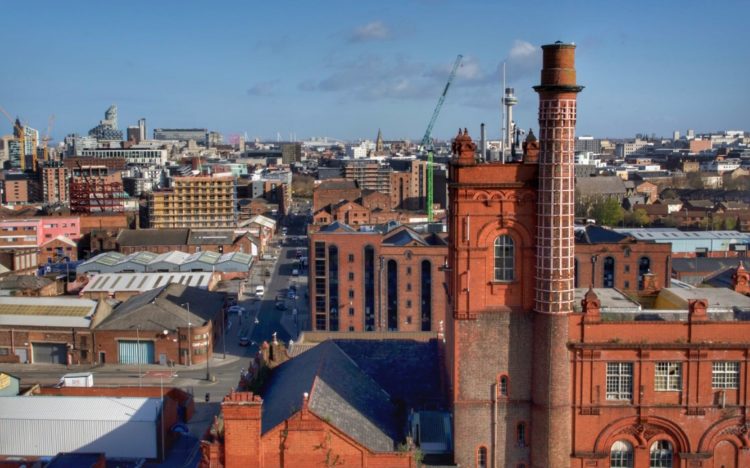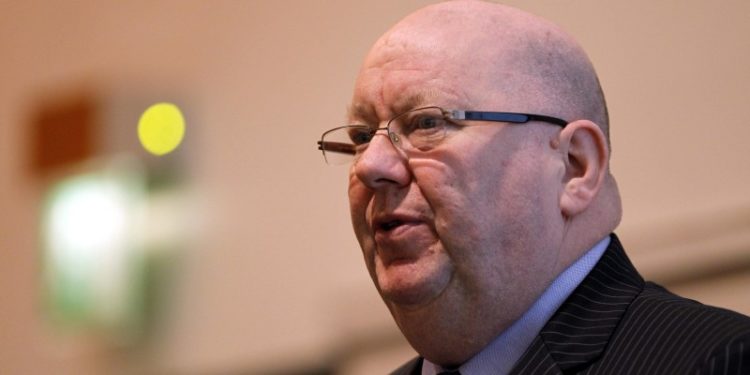
Public consultation to begin on future of the Baltic Triangle
In just a decade Liverpool’s Baltic Triangle has become a thriving digital, creative a leisure hub but one business leader warns its success must not price people out of the area. Tony McDonough reports

Liverpool’s thriving Baltic Triangle must not become a victim of its own success by pricing out the very people who helped bring it back to life.
That’s the plea from Paul Hogan, director of The Baltic Triangle Area CIC, who is backing Liverpool City Council’s bid to create a new masterplan for the area. As part of the process the authority is set to launch a major public consultation.
Little more than a decade ago the Baltic Triangle was a collection of empty and neglected old docklands warehouses. Since then the area, just south of the city centre, has been transformed into a thriving hub of hundreds of digital and creative businesses as well as bars, cafes and restaurants.
Now Liverpool City Council wants to build on its success with a masterplan for the next phase of its regeneration. On Friday, February 7, the council’s cabinet will asked to give the go-ahead for a five-week public consultation.
READ MORE: Baltic business get access to ultra-fast broadband
The Baltic Triangle covers 37.6 hectares of mixed-use land and has attracted significant levels of development. Since January 2012, £128m has been invested in new developments with further projects worth £62m currently on site.
However, the area has also seen significant growth in residential development over the past decade – with a doubling in its population – and there has been an ever-increasing development pressure on the remaining available land.
Last year the council tasked LDA Design with producing a draft Spatial Regeneration Framework (SRF) and it is this document the authority is aiming to put out to public consultation for five weeks from Monday, February 17. Key recommendations within the Baltic Triangle’s draft SRF include:
- Enhancing connectivity, specifically pedestrian and cycle routes.
- Creating green corridors, linking into the city’s £3.4m Urban GreenUp project.
- Protecting open spaces and setting open space design guidelines, including specifically for Baltic Green and Baltic Park.
- Encouraging a balanced mix of housing types and homes for families.
- Ensuring buildings have active ground floor uses.
- The potential for a Conservation Area.
- Implementing the Agent of Change policy.
- Support for a new rail station.
The draft SRF also identifies the following four Areas of Change and sets design guidelines for each that deal with considerations such as scale and design, connectivity, heritage and green infrastructure. They are the Police HQ and Heaps Mill; Wapping Goods Terminal; Flint Street South; and Cains Brewery Village and Hill Street Corridor.
Mr Hogan said: “The Baltic Triangle must not suffer the same fate of the creative sector in east London where people and organisations are being forced out because they can no longer afford to live or work in the very areas that they were instrumental in helping to regenerate. In this context, we see the development of the SRF as very timely and important.”

Following the consultation and further amends, the draft SRF will return to cabinet to be approved for use in guiding planning applications in the area. It will be endorsed as a Supplementary Planning Document following adoption of Liverpool’s 15-year Local Plan, which is expected to come into force in early 2021.
Mayor of Liverpool Joe Anderson added: “The development of the Baltic Triangle is one of Liverpool’s great success stories of the past decade and this new masterplan will help guide and ensure this growth continues for the decades to come.
“Consultation with businesses and residents will be crucial to how this draft plan is shaped. The area’s position as one of Britain’s fastest-growing digital and creative hubs is something the city takes great pride in and we want to nurture this to ensure its future as a major engine in the Liverpool powerhouse.”
